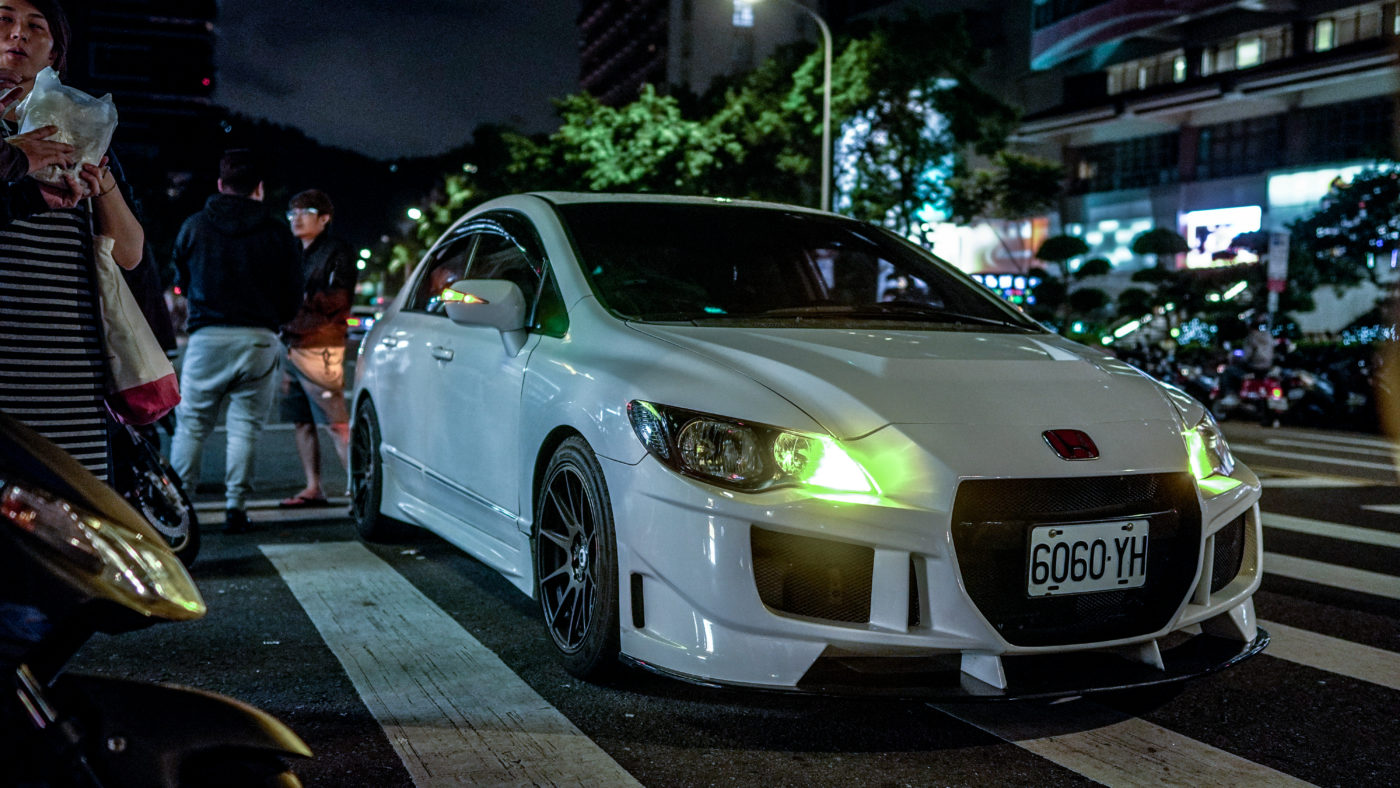Want to make money fixing up cars? From find the perfect car to figuring out automotive marketing, here are the steps you need to take for how to flip cars.
There’s little that’s more satisfying than taking an old clunker, fixing it up, and turning it for a profit. When it comes to DIY car projects, what’s better than one that’s not only fun to do, but lucrative as well?
But knowing how to flip cars may be a little more complex than buying cheap, doing some touch-ups, and selling. To get you started here are 5 key steps on how to flip cars. You’re welcome.
1. Get the Right License
You never want to venture into any kind of business endeavor (large or small), without first understanding the legal aspects of that business. For instance, when it comes to selling cars unless you’re only doing it once or twice, you may need a dealer’s license.
Depending on the state you live in, these can cost a pretty penny. Not to mention, if you plan on making a real business out of flipping cars, including automotive marketing and all that being a dealer entails, you need to make sure you’re aware of your city’s rules about parking and storing cars.
For example, your city undoubtedly has ordinances limiting the number of cars you can park on a street or driveway. If you’re fixing up and selling many cars at once, you need to make sure it’s legal for you to keep them all at home.
Or, consider renting a space as a licensed dealer.
2. Find “Undervalued” Used Cars
One of the keys to knowing how to flip cars successfully is finding undervalued cars priced for much less than they are really worth.
Once you’ve done some research into brands, makes, and models, you can easily find quality vehicles for inexpensive prices. Check places like eBay, Craigslist, the local classifieds, public auctions, and Around Town.
3. Know Your Buyer’s Needs
Do you live in an area with a wintery climate? SUVs and vehicles with four-wheel drive will always be interesting to prospective buyers.
Are you in a wealthy, warm area? Luxury cars and convertibles may be quite worth your time.
Generally, well-known brands like Honda, Ford, Toyota, etc. are safer bets for flipping. Customers are more apt to go for a brand they know and recognize.

4. Set a Budget and Buy With Cash
A good starting budget is around $1,500.
Of course, the higher the budget, the higher the potential profit. Just keep in mind that if you’re spending more than $5,000 to purchase the car you’re planning to flip, the number of all-cash buyers shrinks.
Buying in cash is the only reasonable way you’re going to turn a profit and avoid debt flipping cars. The last thing you want is to end up with a vehicle no one is interested in buying.
5. Know the Fair Market Value
Before you go to an auction or purchase a car, find out what the fair market private party sales figures are for the make and model you’re interested in. Sights like Edmunds can help with your research.
You can (and should), go as far as looking at the trim and year combinations of the vehicle as well.
Knowing the fair market value will help you find great, undervalued, cars that are sure to turn a profit.
Now You Know How to Flip Cars
These 5 steps for how to flip cars are a great launching point, but there is still much to know. Be sure and talk to seasoned flippers and get any helpful insights they may have from years of experience—both good and bad.
For more insight into topics like this, keep scrolling our page!
Facebook Comments